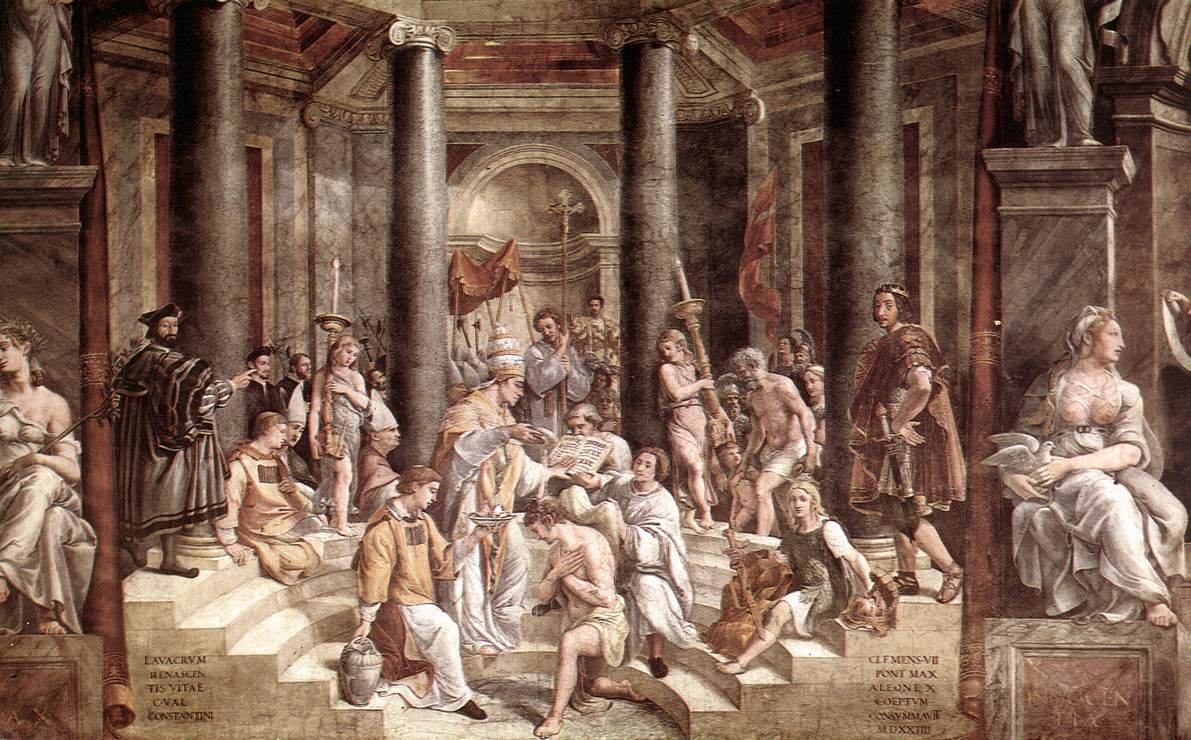The second Byzantine period in Istanbul begins with the Palailogos dynasty taking back Istanbul from Latin in 1261. During this period, however, Istanbul will no longer gain its former importance and character. The city, where all its riches were plundered by the Latins, has lost its reputation as a trade center in the process. The negative effects of this situation will continue throughout the Second Byzantine Period and Istanbul, which has completely lost all its commercial advantages to Galata, will turn into an agricultural city surrounded by walls. Galata has gained all these privileges during this period, It has become a more important city than Istanbul.
In the second Byzantine period, a positive development for Istanbul is to focus on sectarian conflicts. During this period, Istanbul undoubtedly became to the center of Orthodox Christianity, and again in this period the most mature period of Byzantine art. In those years, mosaics made in Kariye (Chora) Church are regarded as the summit of Byzantine art.
The second Byzantine period is also the period when Istanbul is gradually taken down by the Ottomans and gradually conquered. Byzantium began to pay tribute to Istanbul Ottoman Empire in 1373. Sultan Yıldırım Beyazıd in 1393, Sultan II in 1422. Murad besieged Istanbul, but they did not succeed. From Orhan Gazi, the Anatolian side of the Bosphorus passed by the Ottomans. Likewise, in the fifteenth century, all Thrace, except for a few trivial towns, were conquered.
For this reason, in the 15th century the Byzantine Emperors had to be in constant relief from Catholic Roma. But the Papacy was required to unite under its authority. Byzantine had to submit to this requirements in 1452. It was very protesting that this union was to be celebrated in Hagia Sophia in Istanbul. By the conquest of Istanbul in May 1453, the Byzantine Empire became a thing of the past. But a new and bright period for Istanbul was beginning.


































































































































